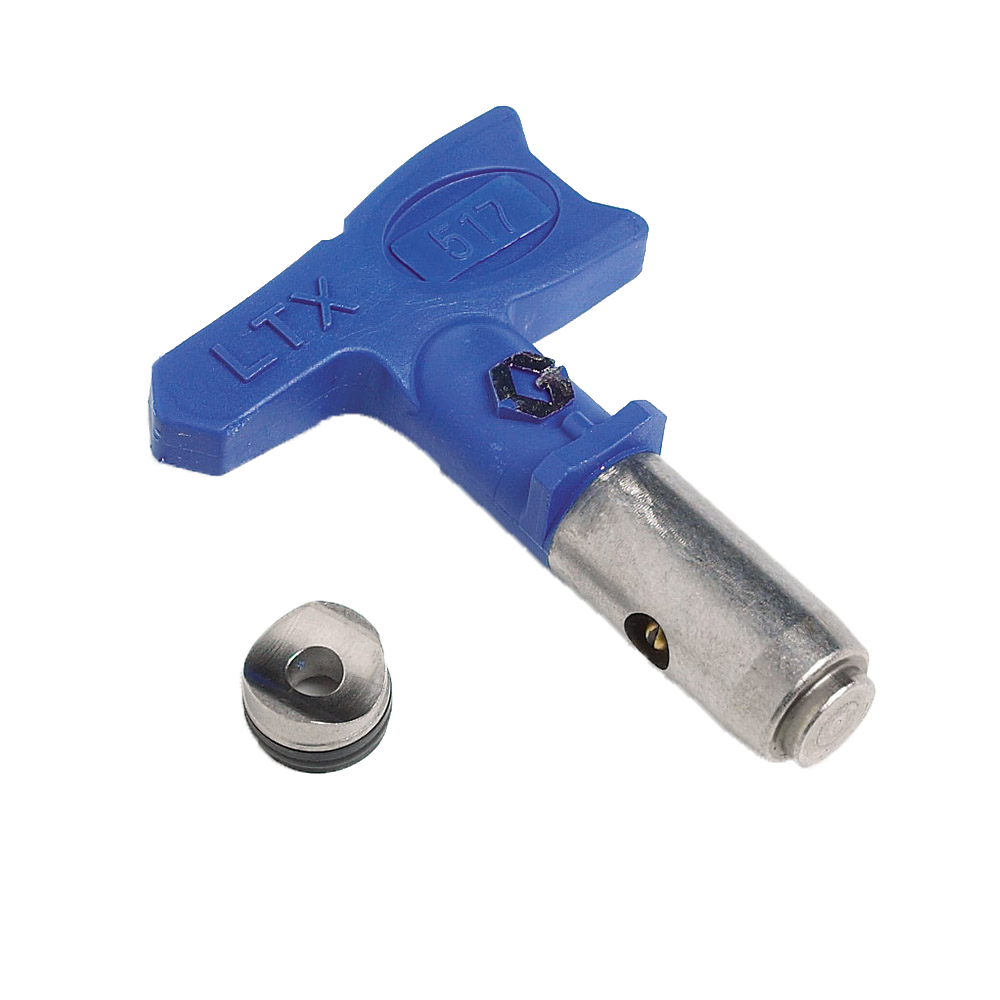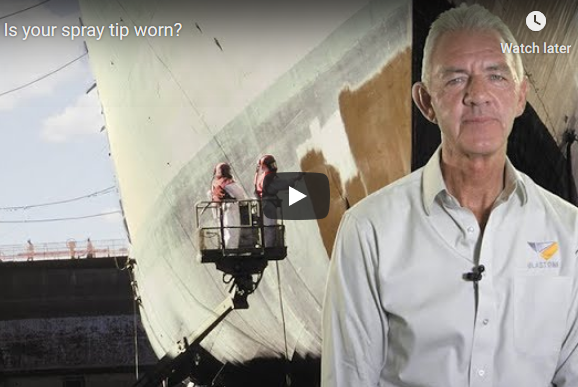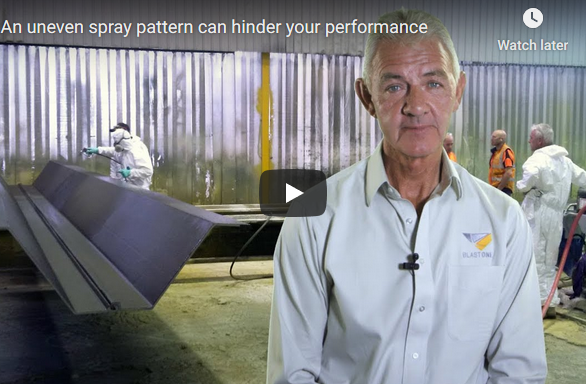It is very important to assess the chloride ion (salt) levels in your blast abrasive before blasting. A high salt level can pollute the surface that was blasted and result in premature coating failure and/or rusting. Testing the salt levels will allow you to steer clear from having to blast the surface again or even having to completely re-do the entire project.
Testing for salt:
We offer an abrasive Chloride Test Kit that can be used with common abrasive blast media. The test kit only takes minutes to complete and will assure you that you will not be introducing salt onto the surface.
How to perform Chlor*Test Chloride Test:
- Get a sample of the abrasive into the empty sample dish that is provided
- Level off the sample
- Pour sample into the extraction fluid
- Shake abrasive and extraction fluid combination for two minutes in closed container
- Let settle for 5 minutes
- Snap off both ends of the titrator tube
- Place rubber camp on top end of titrator tube to help suck up fluid
- Wait until fluid gets to the top
- Easily read the chloride level
 My Account
My Account






